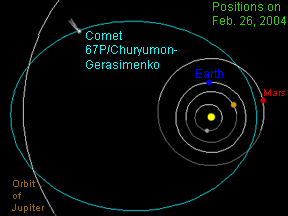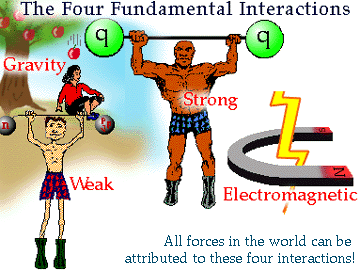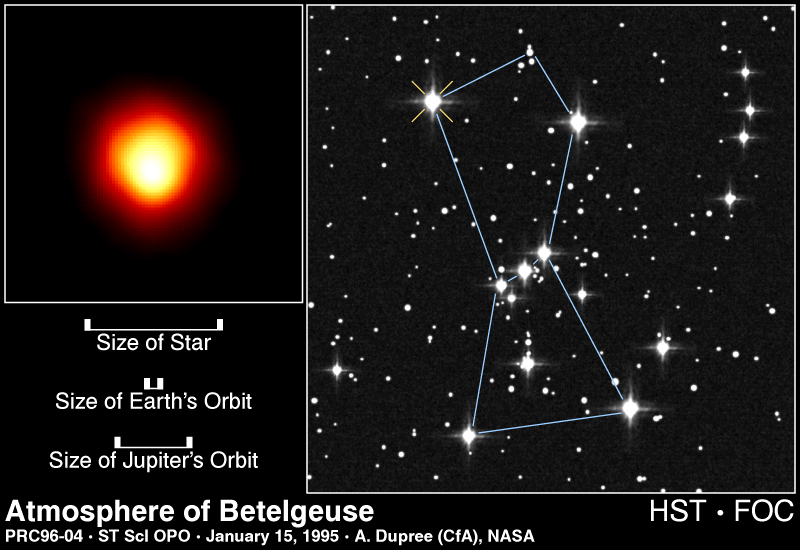The basic forces in nature
Contemporary Physics Education Project
Fundamental Forces
The interactions in the Universe are governed by four forces (strong, weak, electromagnetic and gravitational).
Physicists are trying to find one theory that would describe all
the forces in nature as a single law.
So far they have succeeded in producing a single theory that describes
the weak and electromagnetic forces (called electroweak force). The strong and gravitational forces are not yet described by this theory.
FUNDAMENTAL FORCES
| Interaction |
Relative Strength |
Range |
Mediating Particle |
|
| Strong |
1 |
Short |
Gluon |
|
| Electromagnetic |
0.0073 |
Long |
Photon |
|
| Weak |
10-9 |
Very Short |
W,Z |
|
| Gravitational |
10-38 |
Long |
Graviton |
|
Table courtesy of University of Guelph, Guelph, Ontario (Cananda)
You might also be interested in:

The neutrino is an extremely light particle. It has no electric charge. The neutrino interacts through the weak force. For this reason and because it is electrically neutral, neutrino interactions with
...more
Some ideas are used throughout the sciences. They are "tools" that can help us solve puzzles in different fields of science. These "tools" include units of measurement, mathematical formulas, and graphs.
...more
Mechanics is the term used to refer to one of the main branches of the science of physics. Mechanics deals with the motion of and the forces that act upon physical objects. We need precise terminology
...more
The interactions in the Universe are governed by four forces (strong, weak, electromagnetic and gravitational). Physicists are trying to find one theory that would describe all the forces in nature as
...more
When the temperature in the core of a star reaches 100 million degrees Kelvin fusion of Helium into Carbon occurs. Oxygen is also formed from fusion of Carbon and Helium together when the temperature is
...more
A plot of the binding energy per nucleon vs. atomic mass shows a peak atomic number 56 (Iron). Elements with atomic mass less then 56 release energy if formed as a result of a fusion reaction. Above this
...more
There are several experiments where nuclear fusion reactions have been achieved in a controlled manner (that means no bombs are involved!!). The two main approaches that are being explored are magnetic
...more














